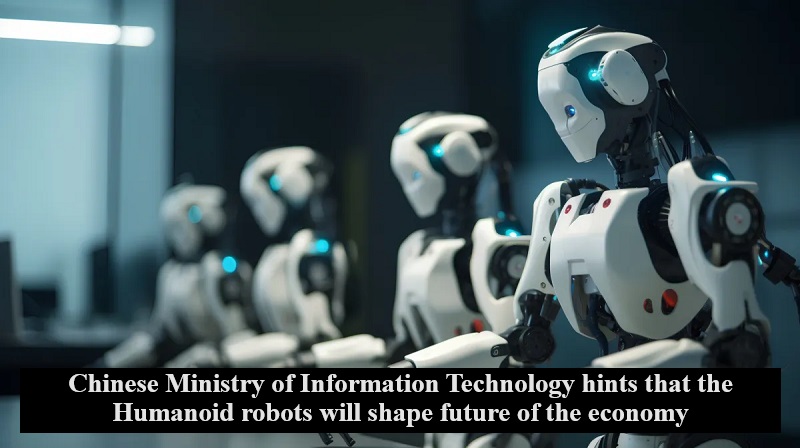
Chinese government officials have emphasized the role of humanoid robots in the country’s industrial future, stating that these robots will be crucial in achieving mass production by 2025 and advancing technology by 2027.
The Ministry of Industry and Information Technology (MIIT), responsible for overseeing China’s industrial sector, published a nine-page guideline on its website, outlining its vision for the development of humanoid robots in China.
The guideline stressed that by 2025, humanoid robots should achieve mass production in China. MIIT aims to “establish a humanoid robot innovation system, make breakthroughs in several key technologies, and ensure the safe and effective supply of core components” by that time.
Furthermore, MIIT called for humanoid robots to become a significant new economic growth engine in China by 2027. It envisions that, by that time, “the technological innovation of humanoid robots will be significantly improved, a safe and reliable industrial supply chain system will be formed, an industrial ecology with international competitiveness will be constructed, and our comprehensive strength will reach the world’s advanced level.”
This initiative represents China’s efforts to promote technological self-reliance and boost its local robotics industry in the face of stiff competition, particularly from the United States, in critical technology areas such as semiconductor chips.
The International Federation of Robotics’ World Robotics 2022 Report noted that China has made substantial advancements in industrial robotics, surpassing the United States in 2021 to become the world’s fifth most automated country.
The guidelines, released on November 2, predict a growing role for robots in industries like home services, agriculture, healthcare, and logistics.
MIIT’s policy document suggests that humanoid robots could become another “disruptive innovation” on par with smartphones and computers, reshaping production and human lifestyles while influencing global industrial development patterns.
The guideline emphasizes the development of the “cerebellum,” “brain,” and “limbs” of humanoid robots, using breakthroughs in artificial intelligence, such as large-language models. Additionally, it calls on the robotics industry to focus on developing humanoid robots for use in dangerous and challenging environments.

Post Your Comments